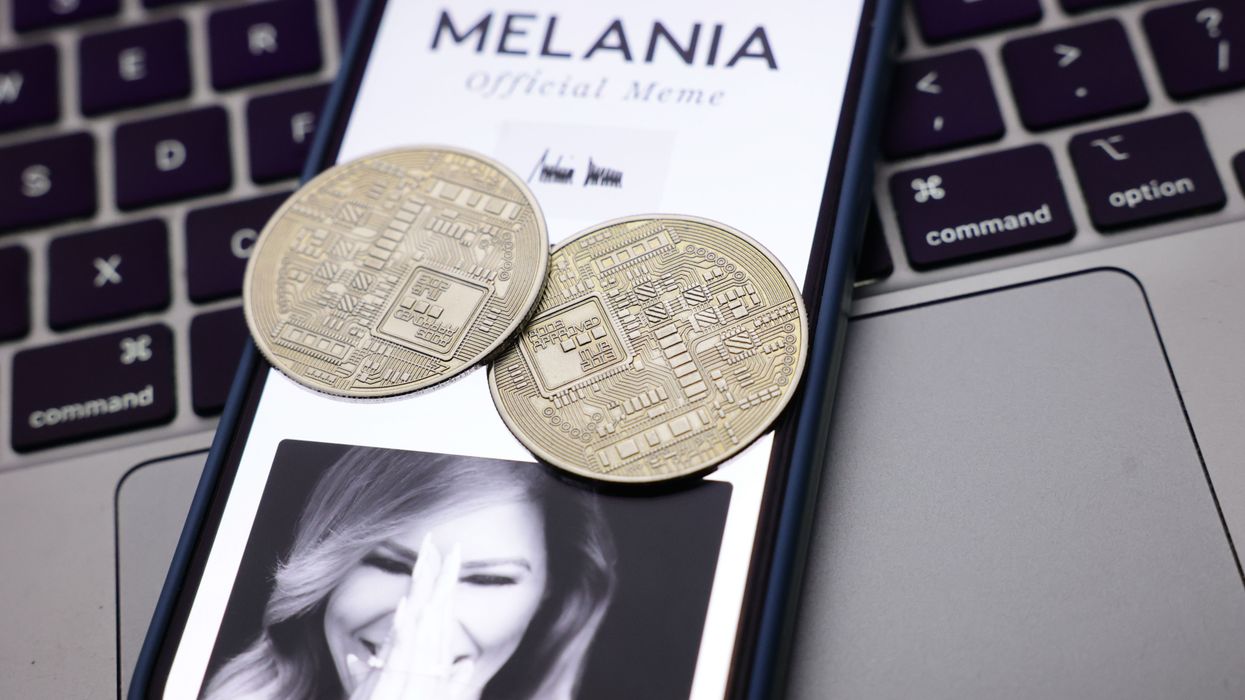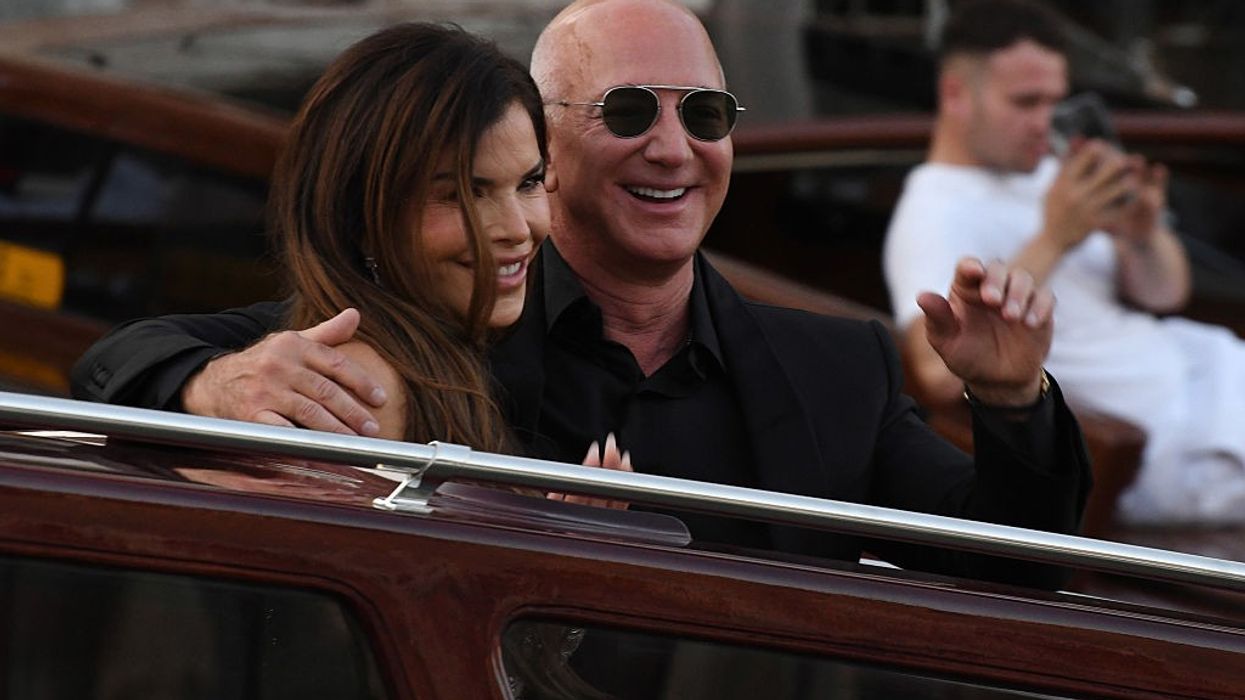Jeff Bezos fits the profile of a latter-day robber baron to a T. Like the ruthless tycoons of yore, his business practices are unethical, he has amassed a vast fortune on the backs of his workers, and he has brutally stifled competition and controlled markets.
Amazon terrorizes its workers
With their manifestly unsafe working conditions, Amazon warehouses are a 21st-century version of a Gilded Age sweatshop. Despite the company’s claims that it protects its workforce, an 18-month investigation released last December by a Senate committee led by Sen. Bernie Sanders (I-Vt.) found that the nation’s second-largest private-sector employer risks its workers’ health and safety by prioritizing speed and profit, and it is doing quite well on that score. Last year, the company outpaced Walmart, the largest private-sector employer, by netting $59.2 billion—a 95 percent increase from 2023.
“Amazon forces workers to operate in a system that demands impossible rates and treats them as disposable when they are injured,” Sanders said in a statement. “It accepts worker injuries and their long-term pain and disabilities as the cost of doing business.”
Based on Amazon’s own data, the Senate committee found its warehouses recorded 30 percent more injuries in 2023 than the warehousing industry average and that the company systematically underreported injuries to hide the fact that its facilities are significantly more dangerous than that of other companies. It also found that Amazon workers, who represent about 29 percent of the U.S. warehousing industry workforce, were nearly twice as likely to be injured as other company warehouse workers in each of the previous seven years.
The committee, which contacted nearly 500 former and current Amazon employees, also uncovered evidence that Amazon is aware that its oppressive productivity demands are causing frequent injuries. The company drafted plans to lower injury rates but never implemented them because it feared they would undercut profits.
Amazon pays its workers peanuts
Bezos, who stepped down as Amazon’s CEO in 2021 but remains the company’s executive chairman and biggest shareholder, paid himself a salary of $81,840 in 2020 and earned $1.6 million in compensation. That may not seem so excessive, but he makes the bulk of his money from stock. All told, between 2023 and this year, he made about $8 million an hour.
By contrast, Amazon’s 1.2 million warehouse workers are just scraping by. They make anywhere from $8.41 to $20.19 an hour, according to data compiled by Zip Recruiter. Their average hourly rate—$16.35—amounts to only $34,000 a year.
Roughly half of nearly 1,500 Amazon warehouse workers surveyed in the spring of 2024 by the Center for Urban Economic Development (CUED) at the University of Illinois Chicago reported that they struggle to afford enough food or a place to live. A third of them had to rely on public assistance, mainly in the form of SNAP benefits.
“Many Amazon associates cannot pay their bills, they can’t afford proper housing,” one survey respondent told CUED researchers. “Some of my coworkers have been forced out of their homes. We are stuck in a nightmare, living in an economy that puts no cap on worker exploitation, while our wages can’t keep up with the increase in our cost of living. This cycle has to stop.”
Most of the Amazon warehouse workers’ attempts to unionize have been squelched by the company, which spent more than $17 million on anti-union consultants from 2022 through 2023. In 2021, a labor activist group, the Congress of Essential Workers, founded the Amazon Labor Union (ALU), which successfully organized an 8,300-person warehouse on Staten Island in March 2022. ALU affiliated with the Teamsters Union in June 2024, but to date, no other warehouses have been unionized.
Amazon slapped with tens of millions in fines
Since 2000, lawsuits by government authorities and private parties have cost Amazon (including Whole Foods) more than $283 million for a range of violations, notably consumer protection, employment, environment, government contracting, and workplace safety offenses, according to data compiled by Good Jobs First, a nonprofit group that promotes government and corporate accountability. Nearly 60 percent (101) of the 173 violations in those five categories involved workplace safety.
Amazon warehouse and delivery operation violations since 2020 are staggering.
- The Occupational Safety and Health Administration (OSHA) fined Amazon more than $1.35 million for 23 workplace violations. Three state agencies collectively fined the company nearly $600,000 for similar health and safety offenses.
- Federal and state authorities fined the company nearly $74.2 million for five wage and hour violations, while private lawsuits forced the company to pay $26.45 million in restitution.
- The Federal Trade Commission and Department of Justice fined the company $25 million for privacy law violations, including illegal surveillance and unauthorized medical inquiries. A similar privately brought case in federal court forced Amazon to pay $95 million.
Will the Trump regime be as aggressive as previous administrations in prosecuting Amazon for its labor infractions? Given the efforts by Bezos and Amazon to curry favor with Donald Trump, probably not.
Amazon donated $1 million to Trump’s inaugural fund, and in January, it was widely reported that the company will pay a whopping $40 million to license an upcoming documentary about Melania Trump to be released in theaters and streamed on Prime Video. The first lady will serve as executive producer.
In February, Trump nominated Amazon’s former senior safety executive, David Keeling, to head OSHA. During Keeling’s tenure at Amazon, the company was cited numerous times for failing to meet the OSHA requirement “to furnish a place of employment which was free from recognized hazards that were causing or likely to cause death or serious physical harm to employees,” according to the Department of Justice. (The Senate has yet to confirm his nomination.)
Since then, Bezos has gone even further to placate Trump. In late April, Punchbowl News reported that Amazon planned to display on its website how much Trump’s tariffs are inflating the price of each product. In response, White House Press Secretary Karoline Leavitt called it “a hostile and political act” and Trump phoned Bezos to complain. Bezos backed down immediately.
Then there’s what Bezos has been doing to wreck one of the top newspapers in the country—The Washington Post—which he bought in 2013. But that’s a column for another day.
Suffice it to say, the rap sheet on Bezos is long—and damning. Like his fellow robber barons of the day, Elon Musk and Mark Zuckerberg, he is not a man who deserves our reverence. Uncritical worship of billionaires like Bezos just may exacerbate an already dangerous level of social inequality. So let’s not go gaga over Bezos’ grandiosity.
This article first appeared at the Money Trail blog and is reposted here at Common Dreams with permission.


